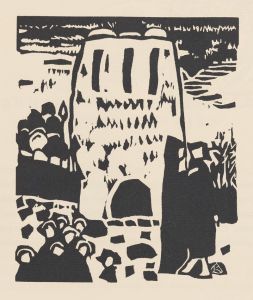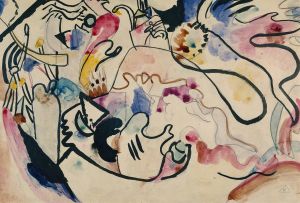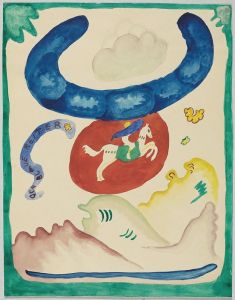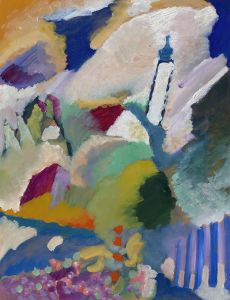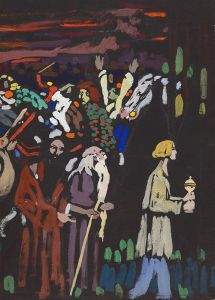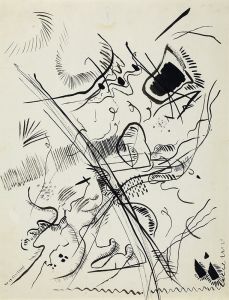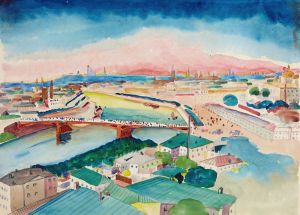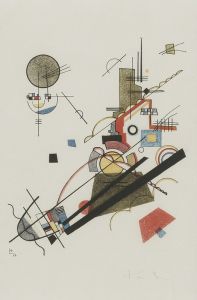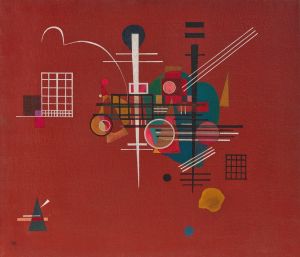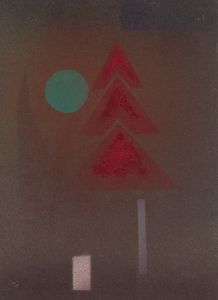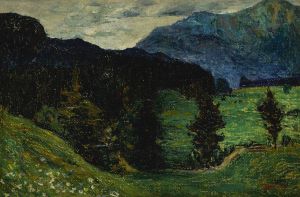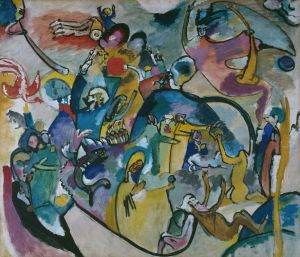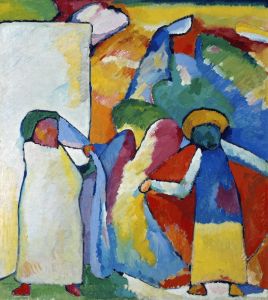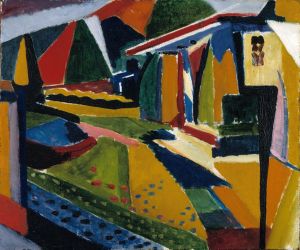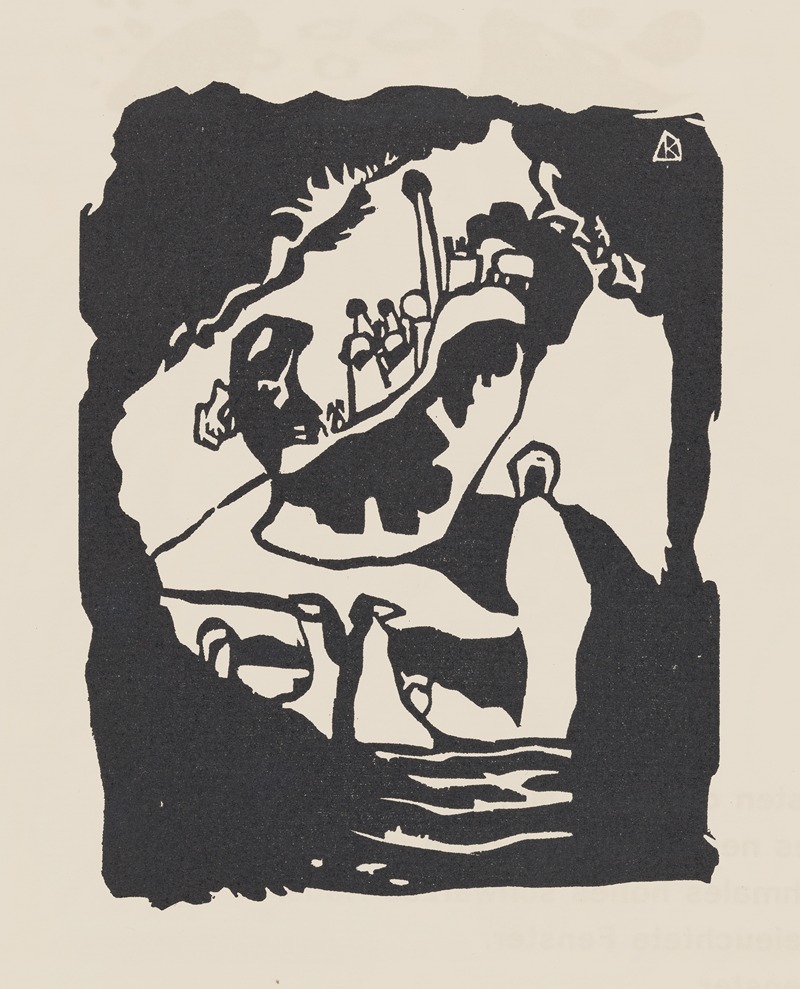
Klänge Pl.17
A hand-painted replica of Wassily Kandinsky’s masterpiece Klänge Pl.17, meticulously crafted by professional artists to capture the true essence of the original. Each piece is created with museum-quality canvas and rare mineral pigments, carefully painted by experienced artists with delicate brushstrokes and rich, layered colors to perfectly recreate the texture of the original artwork. Unlike machine-printed reproductions, this hand-painted version brings the painting to life, infused with the artist’s emotions and skill in every stroke. Whether for personal collection or home decoration, it instantly elevates the artistic atmosphere of any space.
Wassily Kandinsky, a pioneering figure in abstract art, created "Klänge Pl.17" as part of his broader exploration into the synthesis of visual art and music. Kandinsky, born in Moscow in 1866, was deeply influenced by his synesthetic experiences, where he perceived colors and shapes as having inherent sounds. This unique perception played a crucial role in his artistic development, leading him to explore the possibilities of abstract art as a means to evoke emotions similar to those experienced through music.
"Klänge" (meaning "Sounds" in German) is a collection of woodcuts and prose poems published by Kandinsky in 1913. It is considered one of the most important works of the artist's early abstract period. The portfolio consists of 38 woodcuts and 56 poems, which together form a cohesive exploration of the interplay between visual and auditory experiences. "Klänge Pl.17" is one of the woodcuts from this series, showcasing Kandinsky's innovative approach to form and color.
Kandinsky's work during this period was heavily influenced by his involvement with the Blue Rider (Der Blaue Reiter) group, which he co-founded with Franz Marc in 1911. The group was a collective of artists who shared an interest in expressing spiritual truths through their art. They believed in the symbolic and emotional power of color and form, and Kandinsky's work from this time reflects these ideals.
In "Klänge Pl.17," Kandinsky employs a combination of abstract shapes and vibrant colors to create a composition that is both dynamic and harmonious. The woodcut technique allowed him to explore the textural possibilities of the medium, resulting in a piece that is rich in visual interest. The abstract nature of the work invites viewers to engage with it on a sensory level, encouraging them to interpret the forms and colors in a personal and subjective manner.
Kandinsky's exploration of abstraction was groundbreaking at the time, as it challenged traditional notions of representation in art. By focusing on the emotional and spiritual aspects of color and form, he sought to create a universal language that transcended cultural and linguistic barriers. This approach was influenced by his belief in the synesthetic connections between music and visual art, which he articulated in his theoretical writings, such as "Concerning the Spiritual in Art" (1911).
"Klänge Pl.17" exemplifies Kandinsky's commitment to exploring the boundaries of artistic expression. It reflects his desire to create art that resonates on a deeper, more intuitive level, akin to the experience of listening to music. This work, along with the rest of the "Klänge" series, played a significant role in the development of abstract art in the early 20th century, influencing subsequent generations of artists.
Kandinsky's legacy as a pioneer of abstract art is well-established, and his contributions to the field continue to be celebrated today. "Klänge Pl.17" remains an important example of his innovative approach to art-making, demonstrating his ability to convey complex emotions and ideas through abstract forms and colors.





